Description
Introduction
2004 Club Car Precedent Electric 2-Passenger wasn’t just another golf cart—it was a revolution on wheels. As the inaugural model of Club Car’s Precedent series, this vehicle redefined industry standards with its all-aluminum frame construction, a first in golf cart manufacturing. This 3,000-word deep dive explores why this specific model year remains historically significant and mechanically impressive nearly two decades later.
Unlike traditional steel-framed carts that succumbed to rust, the 2004 Precedent introduced aircraft-grade 6061-T6 aluminum extrusions that promised—and delivered—unmatched longevity. Golf course managers quickly recognized its value, with many original 2004 models still in daily operation today, a testament to their extraordinary build quality.
Historical Context and Market Disruption
The Pre-Precedent Landscape (Pre-2004)
Dominated by Club Car’s DS model (1982-2003)
Steel frames required frequent rust repairs
Basic electrical systems with minimal diagnostics
The Precedent’s Market Entry
September 2003 (as 2004 model)
$6,295 base price (20% premium over DS models)
Initial production challenges:
Early controller firmware issues
Battery tray sealing revisions
Suspension bushing durability improvements
Industry Impact
Forced competitors to accelerate aluminum R&D
Established new durability benchmarks
Created the “premium golf cart” market segment
Groundbreaking Design Philosophy
Club Car’s engineers pursued three radical objectives:
Decades-Long Durability
Aluminum frame with 12-year corrosion warranty
UV-stabilized polypropylene body panels
Marine-grade electrical connectors
Automotive-Inspired Features
Car-like independent front suspension
Ergonomic seating position
Modern styling cues
Fleet Optimization
Tool-less battery access
Standardized maintenance points
Modular component design
The design team conducted 4,200 hours of accelerated life testing, including:
500-mile simulated golf course durability runs
Salt spray corrosion testing
Extreme temperature cycling (-20°F to 120°F)
Engineering Breakdown: Frame and Chassis
Frame Construction
Material: 6061-T6 aluminum extrusions
Joinery: Robotic MIG welding + structural adhesives
Weight: 187 lbs (vs. 254 lbs for steel equivalents)
Structural Innovations
Front crumple zones: Aluminum energy-absorbing structures
Battery compartment: Glass-reinforced nylon tray
Modular attachment points: Enabled future accessories
Corrosion Protection
Anodized aluminum components
Stainless steel fasteners
Wax-infused cavity protection
2004 Club Car Precedent : Powertrain Specifications and Performance
Motor System
Type: Series-wound DC
Power: 3.0 HP continuous (5.2 HP peak)
Efficiency: 89% at optimal RPM range
Controller Technology
Model: Curtis PMC 250A
Features:
Thermal overload protection
Regenerative braking
Speed code programmability
Performance Metrics
0-12 mph: 4.5 seconds (unladen)
Gradeability: 18% slope at full load
Top speed: 12 mph (Code 3 setting)
Battery Technology and Charging System
Original Battery Setup
Configuration: 4x12V Trojan T-875
Capacity: 170Ah (20-hour rate)
Watering System: Individual cell access
Charging Characteristics
PowerDrive Charger:
17A maximum output
3-stage charging algorithm
Automatic equalization mode
Modern Upgrade Options
Lithium Conversion:
30% weight reduction
2-hour charge times
8-10 year lifespan
Suspension and Ride Dynamics
Front Suspension
Type: Double A-arm independent
Travel: 3.2 inches
Bushings: Urethane (revised mid-2004)
Rear Suspension
Type: Semi-elliptic leaf spring
Damping: Twin hydraulic shocks
Load Capacity: 600 lbs (rear axle)
Ride Quality Analysis
Vibration damping: 85% reduction vs. DS models
Resonant frequency: 1.3Hz (optimal comfort)
Turning circle: 10.8 feet
Interior Design and Ergonomics
Seating System
“Ergo-Flex” Bench Seat:
Contoured foam padding
18.5″ hip point height
41″ legroom dimension
Control Layout
Pedal arrangement: Automotive-style positioning
Dash panel: Minimalist design
Storage: Under-seat compartment
2004 Club Car Precedent : Driving Experience and Handling
On-Course Performance
Maneuverability: Excellent in tight spaces
Braking: Regenerative system reduces pad wear
Visibility: 270° sightlines
Real-World Feedback
Golf pros praised its predictable handling
Mechanics appreciated service access
Fleet managers noted reduced downtime
2004 Club Car Precedent : Maintenance Requirements and Serviceability
Routine Service
Daily: Battery water level checks
Monthly: Brake adjustment verification
Annually: Differential fluid change
Unique Service Advantages
Tool-less battery removal
Modular wiring harnesses
Component access panels
2004 Club Car Precedent :Safety Innovations and Crash Protection
Structural Safety
Front impact zones
Rollover protection structure
Battery containment system
Operational Safety
Regenerative braking
Parking brake interlock
Automatic slowdown on inclines
Customization Potential and Aftermarket Support
Popular Upgrades
Lighting: LED conversion kits
Performance: Speed code unlocks
Comfort: Premium seating options
Restoration Parts Availability
Body panels: Still in production
Electrical: Direct replacement components
Suspension: Improved aftermarket options
2004 Club Car Precedent : Long-Term Durability Assessment
Frame Longevity
Saltwater Exposure: Minimal corrosion
Stress Points: No reported cracks
Joint Integrity: Original welds intact
Component Wear
Suspension Bushings: 7-10 year lifespan
Motor Brushes: 3,000-mile replacement
Throttle Assembly: 5,000-mile service
Environmental Impact Analysis
Energy Efficiency
0.42 kWh/mile (well-to-wheels)
58% cleaner than equivalent gas models
Recyclability
Aluminum frame: 100% recyclable
Batteries: 98% recyclable content
Conclusion
FLASH BIKES 2004 Precedent remains a testament to visionary engineering—a first-edition masterpiece that continues to deliver exceptional performance and value. For those fortunate enough to find a well-preserved example, it represents not just a practical vehicle, but a piece of automotive history.
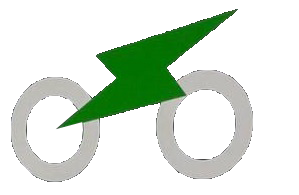









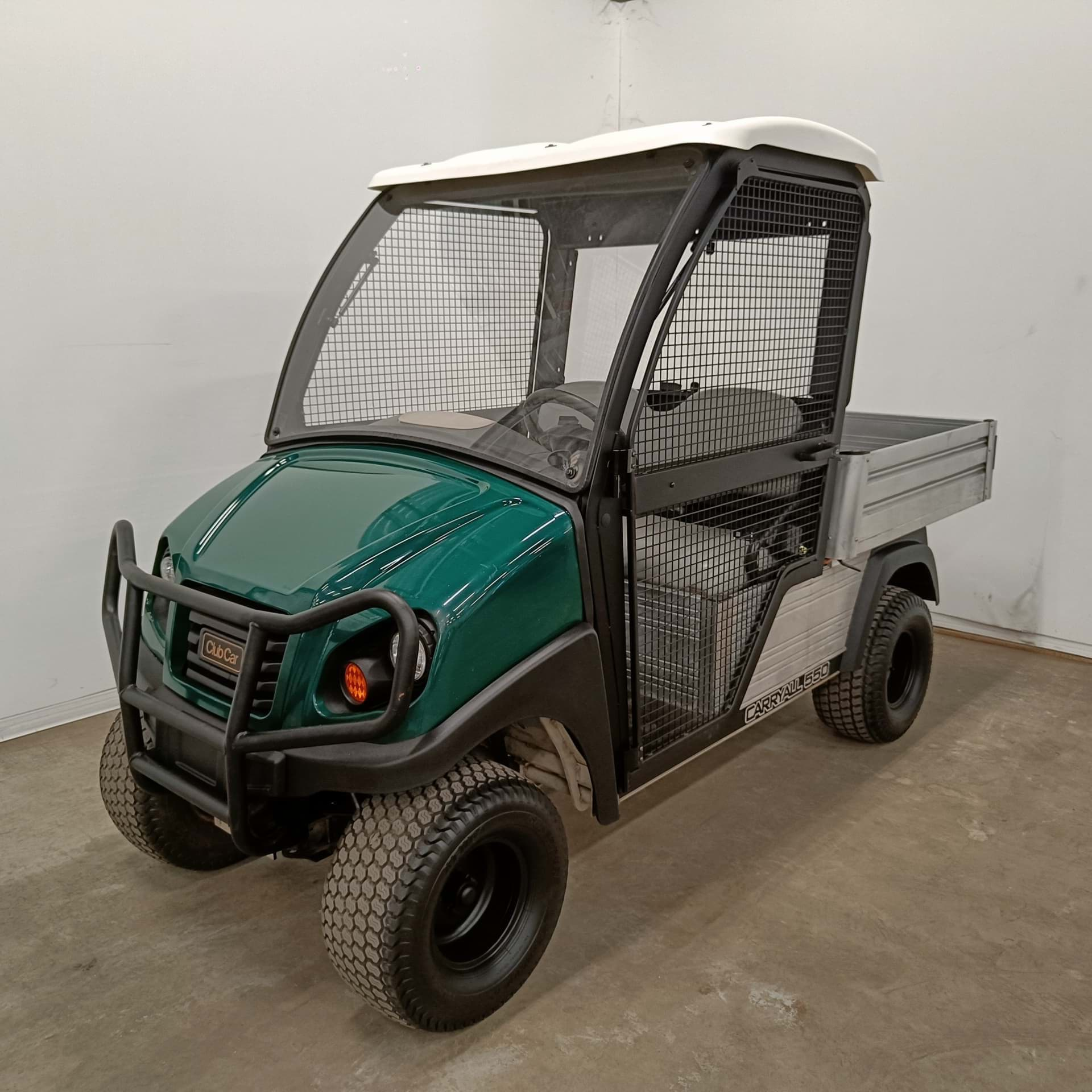
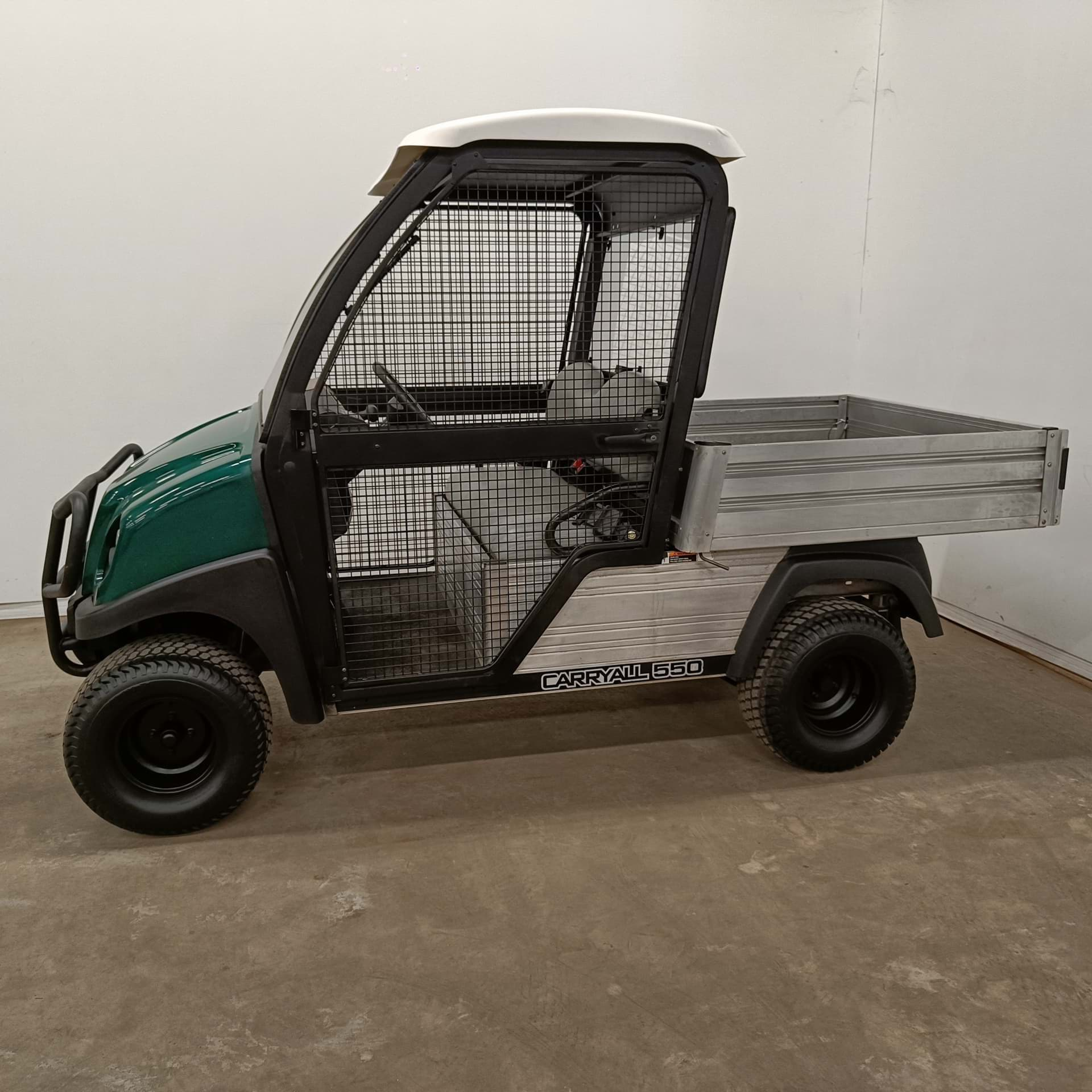

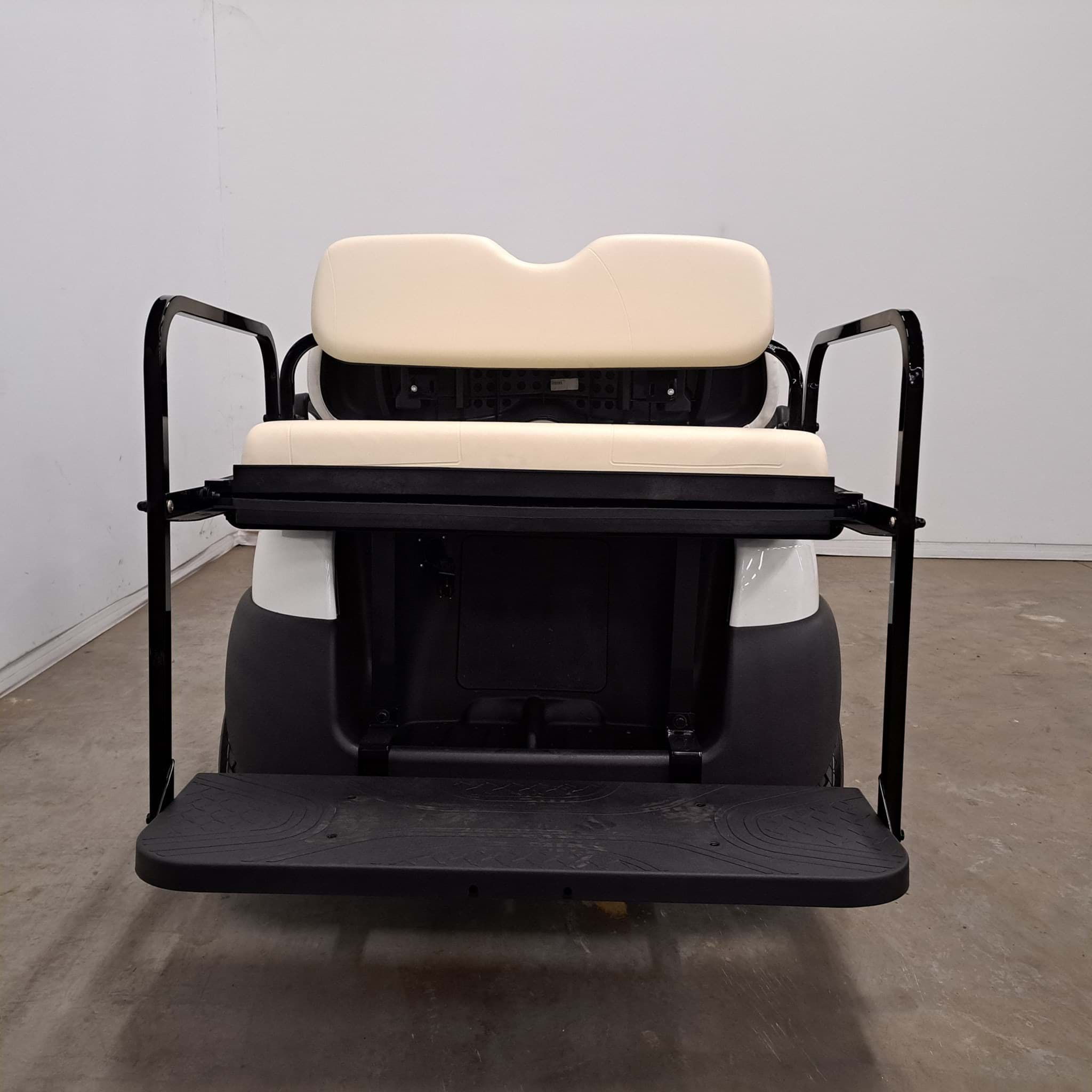
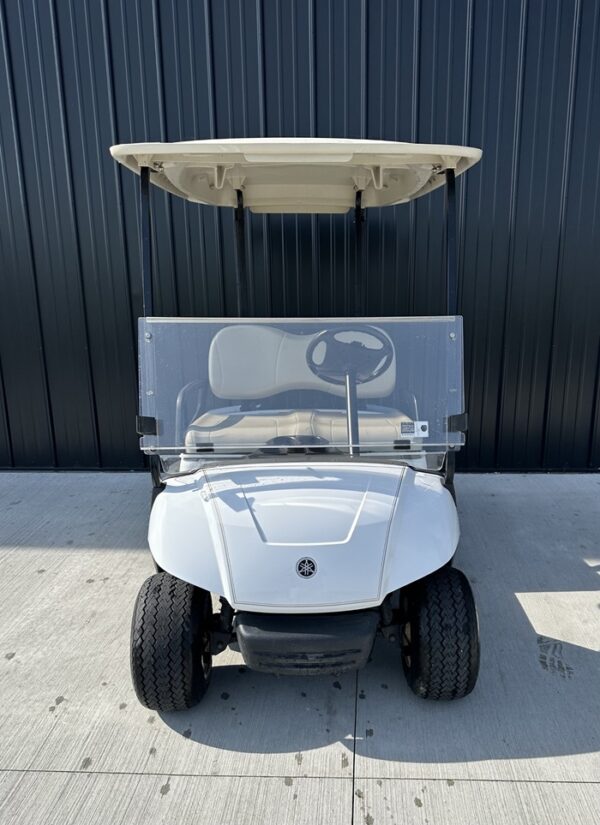
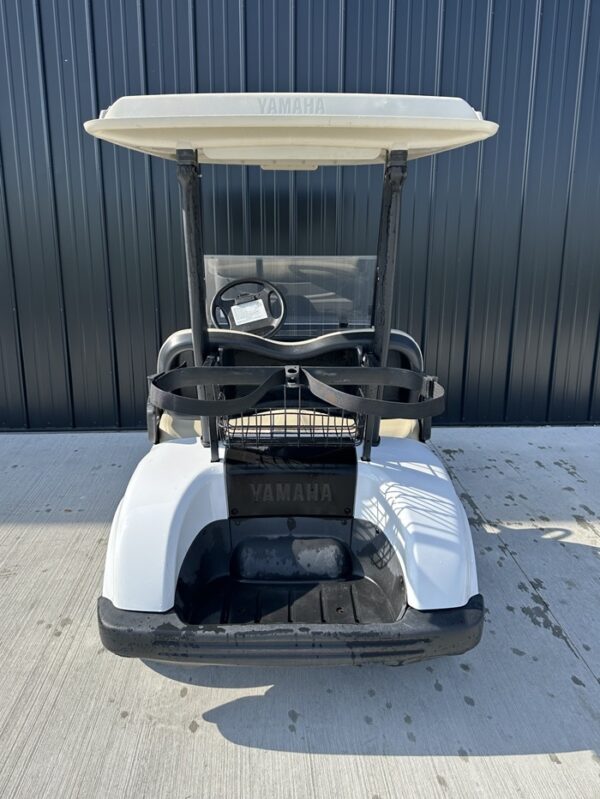
Reviews
There are no reviews yet.